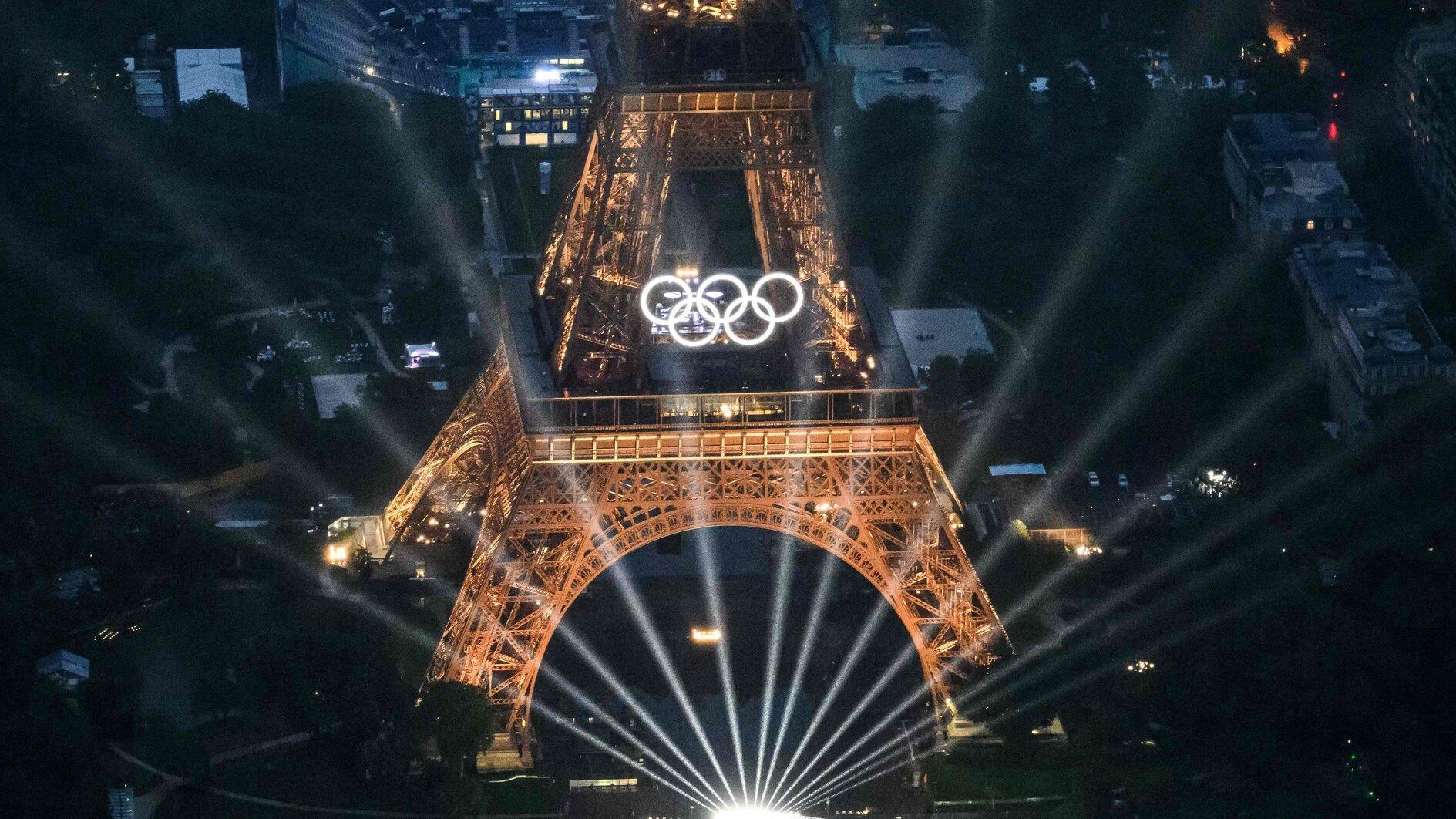Where is the baguette?

The opening ceremony of the Paris Olympic Games 2024 was surely revolutionary, and very controversial for many. Some hated it, some loved it, there were high and rather low times, but it was definitely all about revolution, the theme strongly stressing its three principles “Liberté, égalité, fraternité” and adding more to it such as “sportivité” but above all especially making “diversité” the fourth element of the motto of the French rebellion. The ceremony was a definite revolution, just for the sole reason that it was the first-ever ceremony held outside a stadium. The 6-kilometer band of Seine was the stage, and so were all the bridges crossing the river and monumental buildings flanking riverbanks. The teams paraded in a flotilla of boats, but unfortunately, they remained the least interesting part of the spectacle, some criticized the opening ceremony without the Olympics and athletes in it. Nevertheless, it was new, it was first-of-a-kind, no doubt about it. In a way, the French manifested to the world that if there is a new revolution to be made, it will be French encore!
The ceremony was like a live act of a tourism ad of Paris and everything French. With the core concept being French-ness, one may ask where was the baguette? Though one critic commented saying “At least they avoided the cliché of baguette!” French gastronomy was totally absent, in an age where gastronomy is one of the most important soft powers of the world, and gastronomy tourism has taken the globe by storm. There was nothing about the iconic French tastes, not only baguettes, but also croissants, macaroons, phenomenal French cheeses, wines, champagne and so on, or institutions like French cafes and bistros so essential to French city life. Previously, on March 24, the 110-year-old waiters racing was revived after a 13-year hiatus as part of efforts to put Paris into the spotlight before the Olympic games. The waiters’ race is a totally fun event that was first run in 1914, with café waiters dressed in their uniforms and bowties carrying a tray loaded with a coffee cup, a full glass of water, and a plate of croissant, running a loop track of 2 kilometers starting and finishing at City Hall. But there was no reference to Parisian cafes in the opening show (a more appropriate word than ceremony in this case), and no croissant in sight, they say that at the very beginning, there was a brief appearance of a woman dressed in a croissant-cladded outfit, but to admit I missed that part.
The poor beaded Marie Antoinette was one of the highlights, but the reason of her tragic end, the brioche was also missing. At least the talking heads could utter the famed phrase “Quil’s mangent de la brioche” which was translated to English as “Let them eat cake,” when the princess was told that the peasants had no bread to eat. By the way, the fakelore of bringing the croissant to Paris from Vienna is a totally wrong history. It is true that croissants or similar pastries are known as “Pâtisseries Viennoises” a term used for the first time by the French writer Alphonse Daudet in the book called Le Nabab in 1877. However, the technique is not of Vienna origin, but a technique developed in France known universally as mille-feuille dough, “pâte feuilletée” aka puff pastry. The reason for the Viennese connection is these pastries were first served in a posh bakery named “Boulangerie Viennoise” with marble counters and brass fittings, pretty much decorated in the Viennese style, a revolutionary change at the time from the humble traditional French bakeries. This stylish new place was opened at 92, rue de Richelieu, in 1839 owned by an Austrian August Zang, a former artillery officer and then a newspaper publisher. When we go with the facts, Marie Antoinette did not have a chance to eat a single croissant which was developed much later than her tragic death in 1793.
Even if the baguette and croissant were missing, they were both in the hands of people who were determined to watch the show live despite the heavy rain. Baguette is no ordinary bread, and it was inscribed in the UNESCO Intangible Cultural Heritage of Humanity list in 2022. Previously “Le Repas Gastronomique à la Française” or in other words the gastronomic meal of the French was also listed in 2010 as a customary social practice for celebrating important moments in the lives of individuals and groups. Though the opening show missed the gastronomy element, the official site of the games raves about their performance of delivering 13 million meals in the course of 15-day games. They put emphasis on being responsibly sustainable, featuring more plant-based food, and being totally local to minimize carbon imprint. Their commitment is crystallized in these words “France has a rich and committed food ecosystem: farmers, chefs, artisans, restaurant owners, caterers, nutritionists, associations… all are keen to make the Games an opportunity to highlight the best that France has to offer.” 120 organizations were mobilized to define the food vision of the games. One of the commitments is to serve 100% French sustainable meat, dairy products and free-range eggs procured from France. However according to news leaked from inside the Olympic village is that portions were too small to feed hungry athletes, chicken and eggs are far from being sufficient and many teams seek ways of bringing food from outside.
Coming back to the show, there was a strong emphasis on the woman figure, which was again refreshing in a male-dominated world. Golden statues of inspiring French women who were pioneers in normally men-led fields emerged from giant columns near the riverbank. It was a nice gesture to pay tribute to all those inspirational women who had been revolutionary in their fields. I desperately wished Merè Brazier to emerge at some point, depicted with a heavy pan in hand, the legendary Lyonnaise cook who is considered the mother of modern French cooking. To my disappointment, she did not appear. At the music part, one very French act was supposed to be the song “Mon truc en plumes” but Lady Gaga was a far-fetch choice to commemorate the slender, long-legged legendary Zizi Jeanmarie with her curvy figure. She lacked her perky, jazzy, bubbly dancing style either, ending up in a rather heavy performance under the heavy rain, pretty much like a once-good champagne gone terribly flat, nothing like the real thing. Only the giant pink feather fans matched the original, which was later revealed that they were really the original feathers used by the famed French ballerina-dancer.
Ah, and finally there was a table at the end, that controversial rendition of the Last Supper, but it was not about gastronomy, the only edible thing in sight was the grapes on the supposedly Dionysus, the Greek god of wine and festivity. At least he appeared from under a giant clothe, a very French way of service in fine-dining. Surely Paris Olympics 2024 opening show will be the talk of the year, it will go well with French wine as a happy hour activity. Now pour yourself a glass of chilled rosé wine and imagine yourself as a true Parisienne, the ones who ran away from all the “follia” of Olympic games taking refuge in the Provence.












